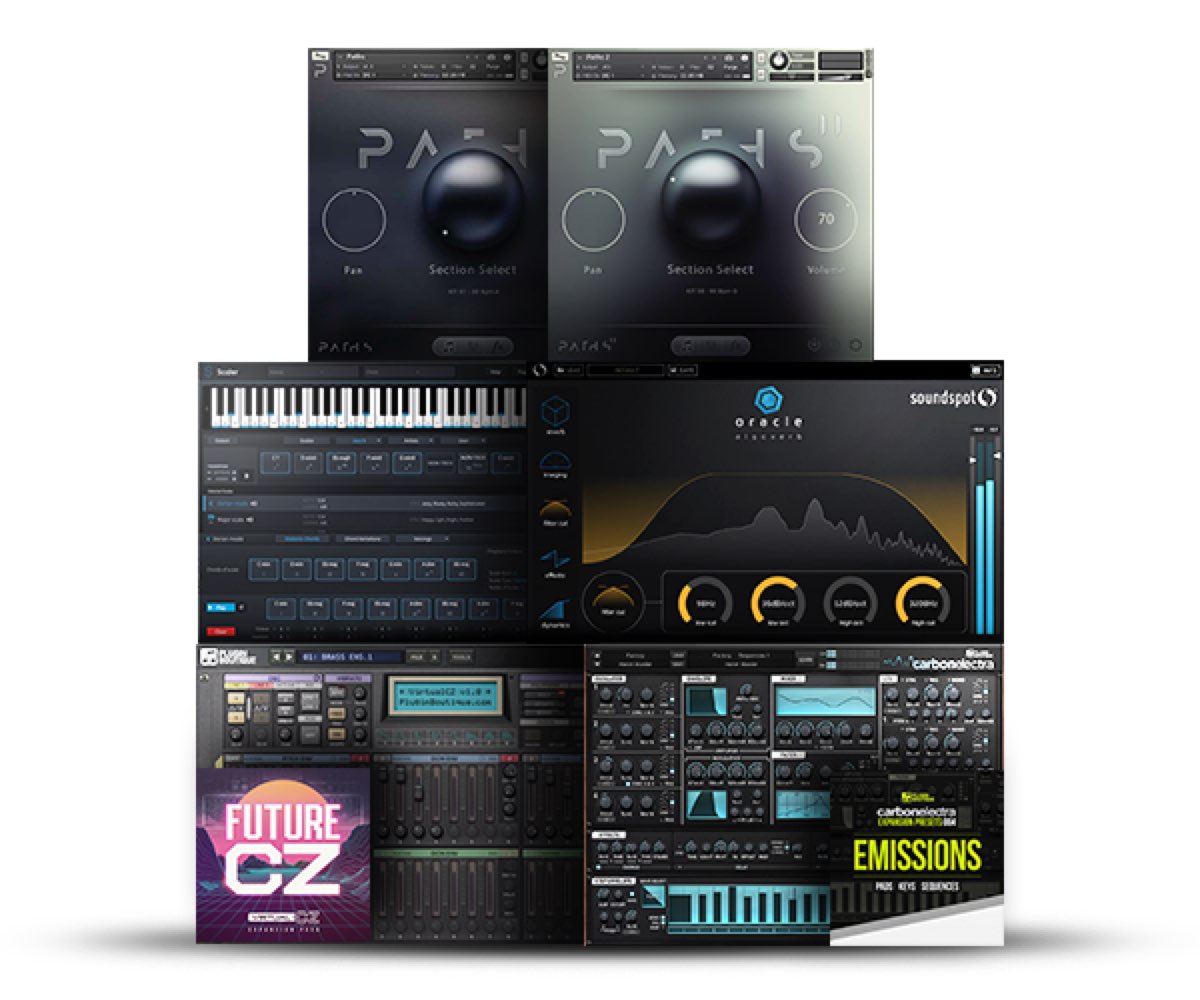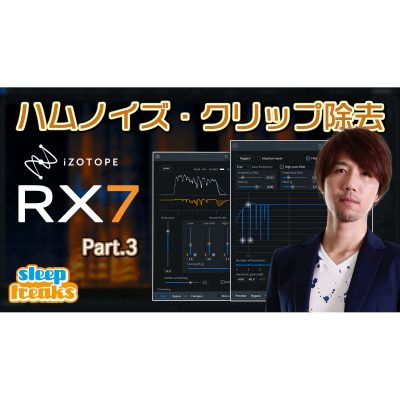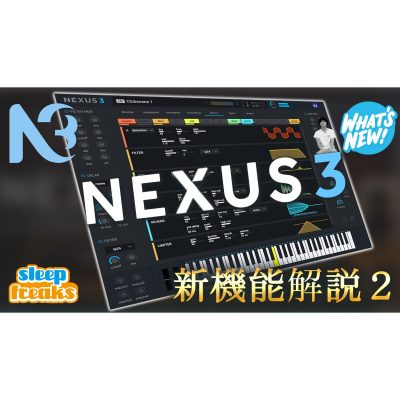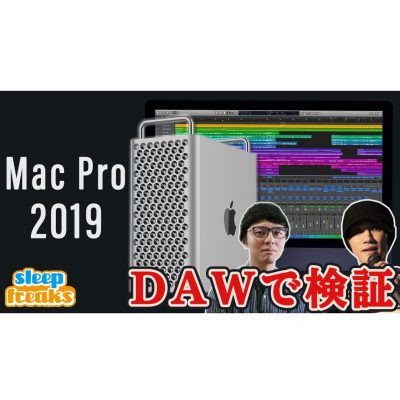Choosing hardware for Computer Music beginners - Microphones
Choosing a mic to record with
After purchasing an audio interface, next comes the microphone to record with.
Microphones are generally split into two categories: “dynamic microphones” and “condenser microphones.”
Here, we will take a look at the characteristics, differences, and recommendation for the two for beginners.
Dynamic microphone

They are highly durable, and can pick up sound from any angle, making them convenient for easy recording.
They are used for karaoke and live events as well.
It’s recommended for the following instruments:
- Guitar/bass played through an amp
- Drums or other instruments with strong attack
- Brass instruments like trumpet
Recommended dynamic microphone
- SHURE SM58
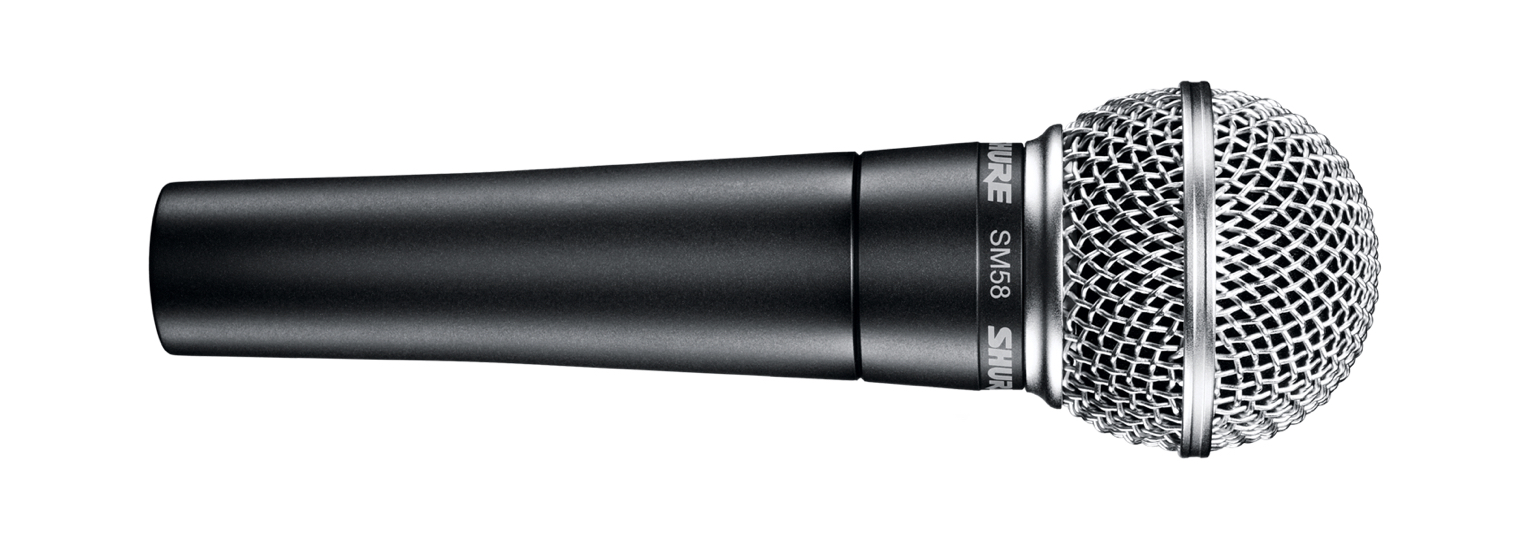
This is a popular mic found in any rehearsal studio.
It’s a great quality for the cost, and remains a reliable standard.
Condenser microphone

They are very sensitive microphones, and pick up small details in sound.
They are also optimal for picking up high-end frequencies,
and gather the sound of a room very well.
They are the main-use microphones in most recording studios.
Because condenser mic’s require a electricity to power it,
your audio interface must be equipped with 48V phantom power to use it.
The interface mentioned in the previous article has 48V power.
It’s recommended for the following instruments: Vocals,Acoustic guitar
Recommended condenser microphone
- RODE NT1-A
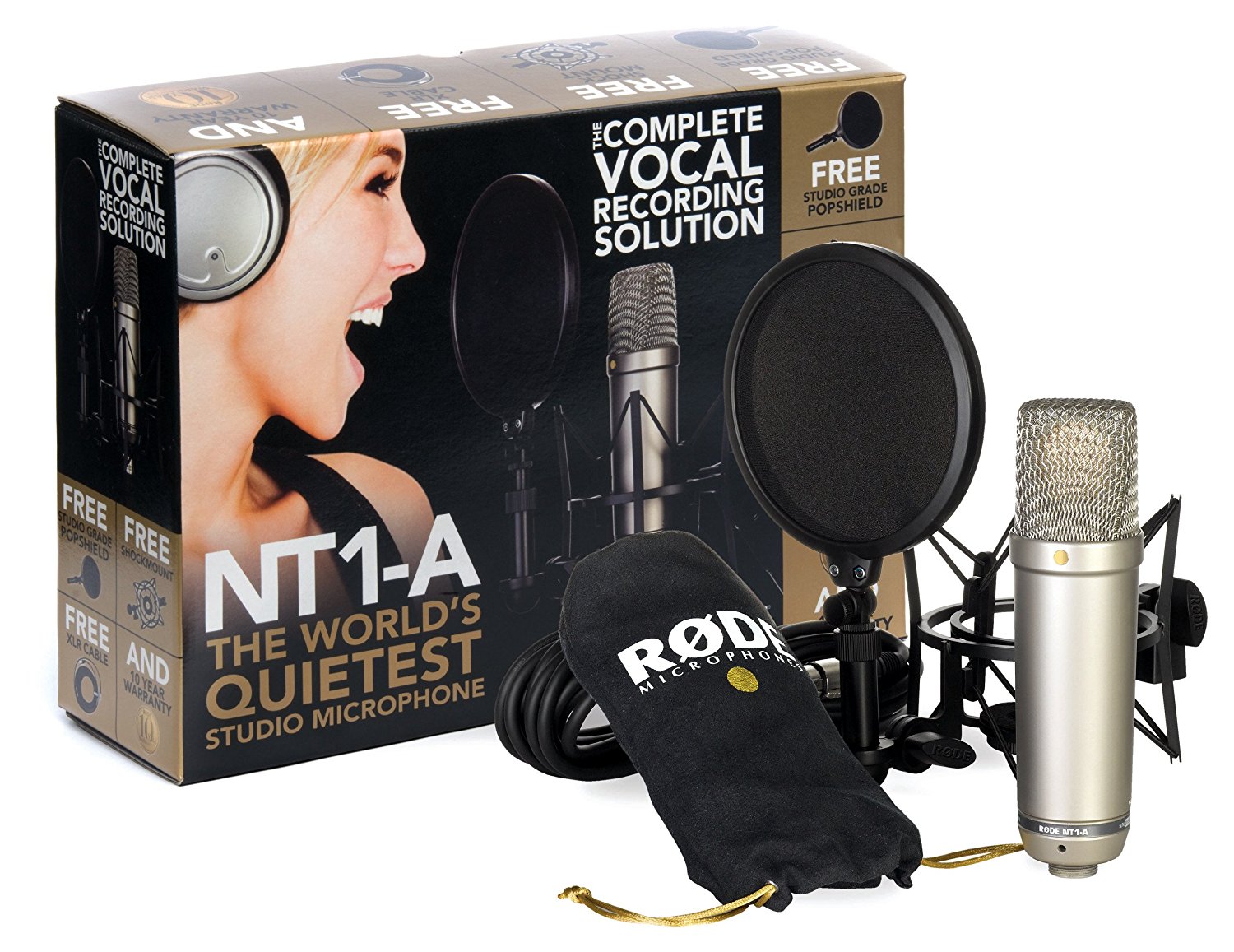
Although it is a cheaper option for a condenser mic,
it picks up sound well across the frequency spectrum,
picking up a wide area of sound,
and is easy to use for beginners.
Other equipment required for recording
Pop filter
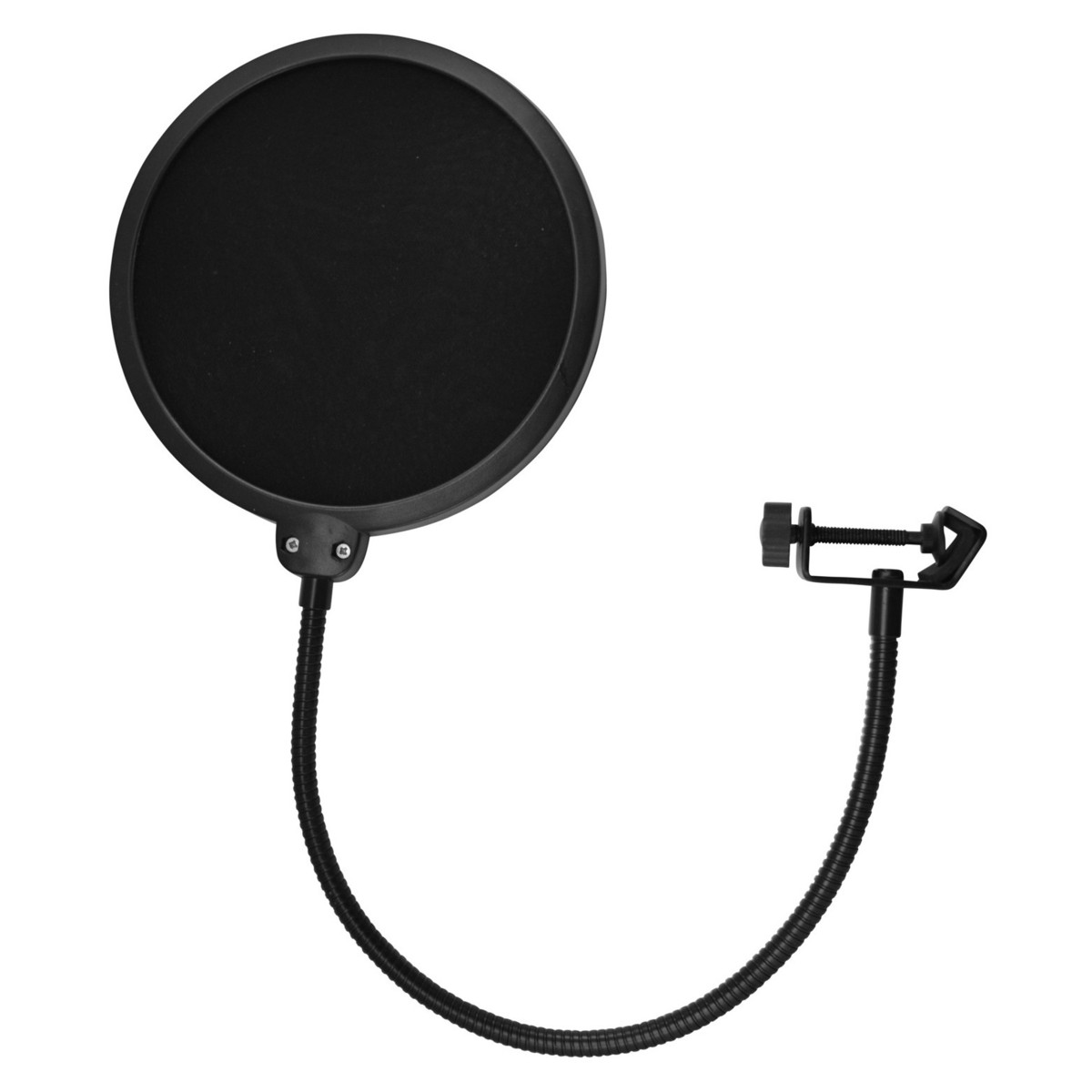
This helps prevent excessive air from hitting the mic when singing.
A condenser mic has this particular problem so it’s best to invest in a pop filter.
Microphone stand
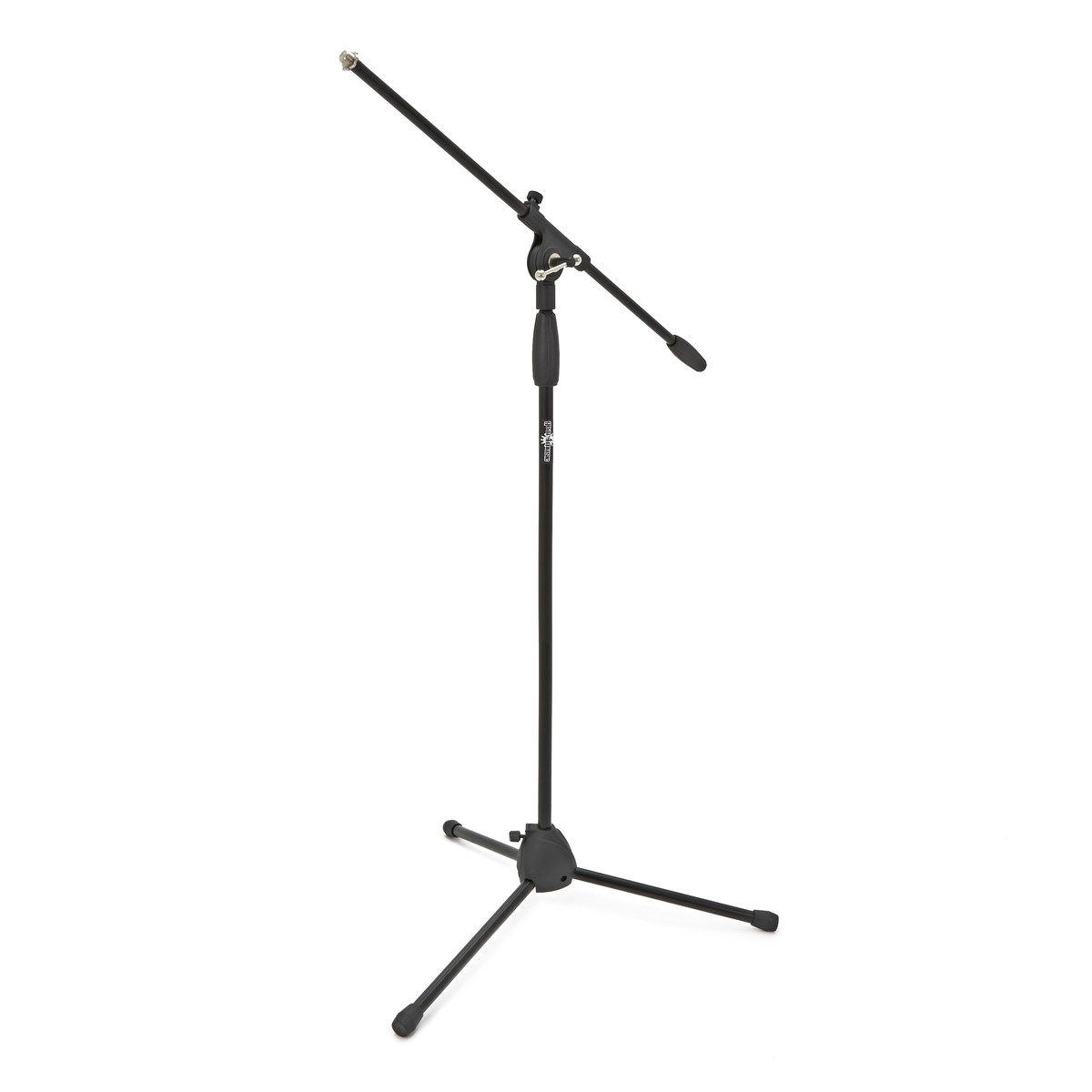
This helps stabilize the mic, and allow for stable vocal recording.
XLR cable
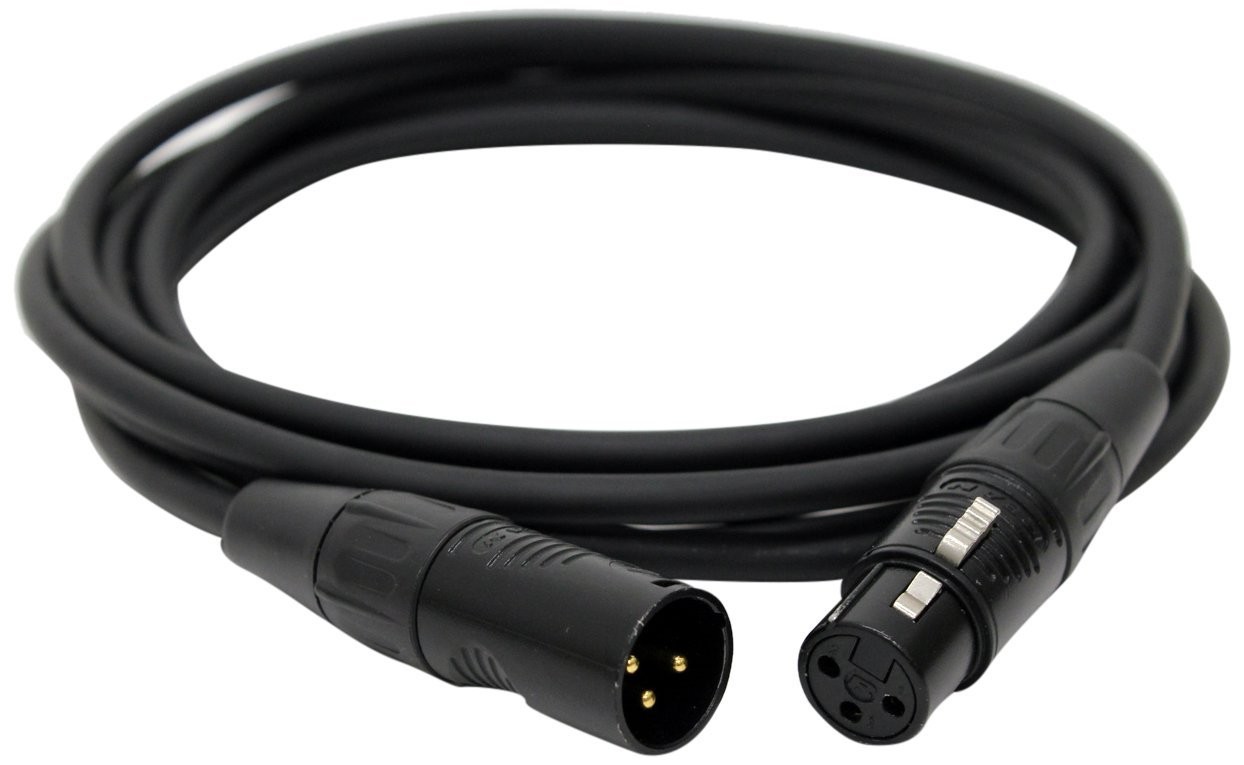
This cable connects the mic to the audio interface.
Instrument cable
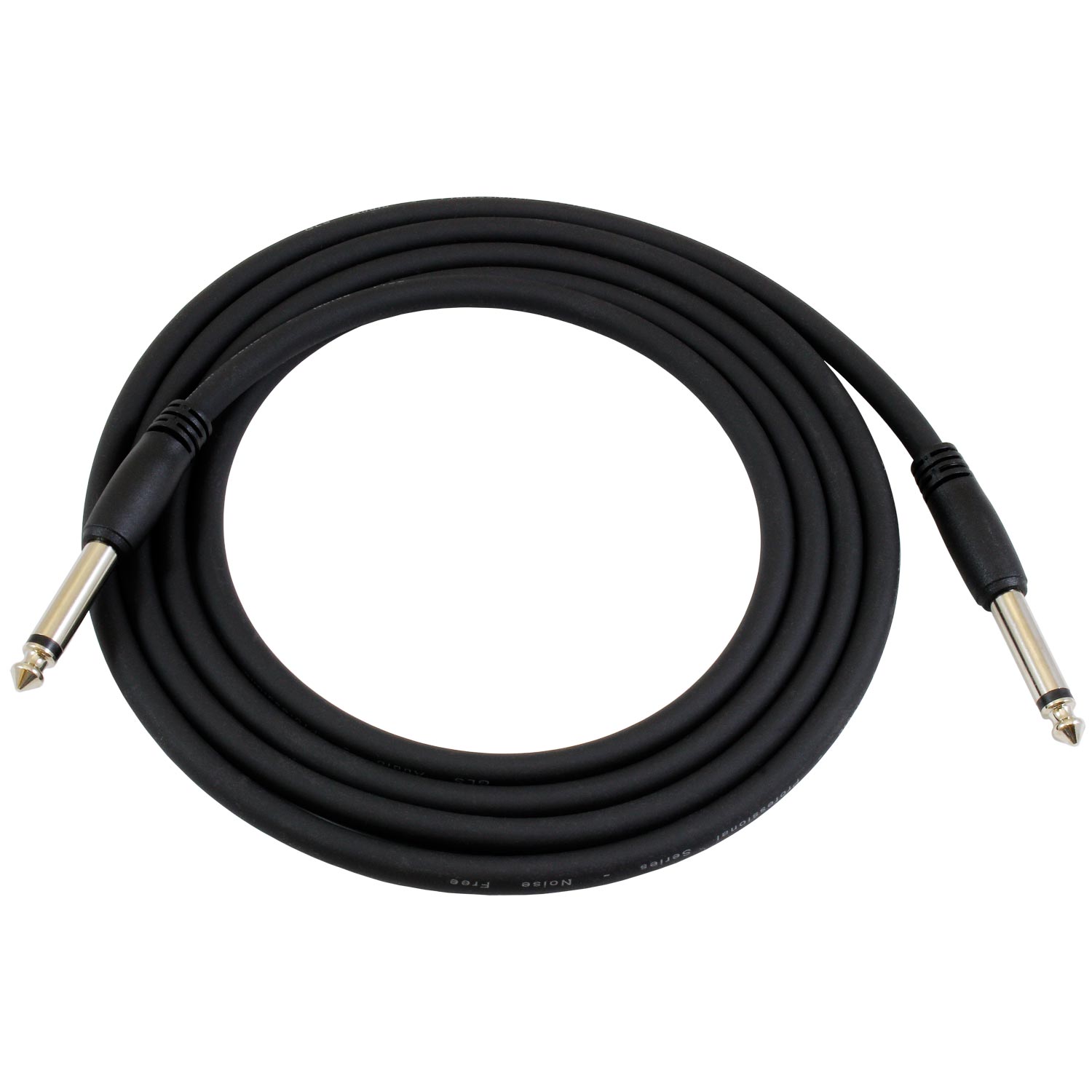
These cables are used to connect instruments such as guitars,
bass and synths to the audio interface.







